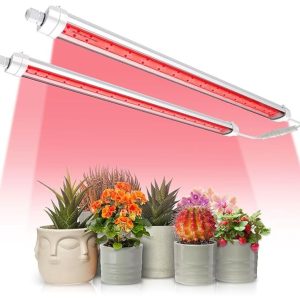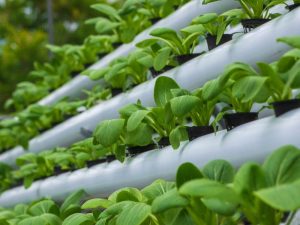Last Updated on August 7, 2024 by teamobn
Container gardening is an easy and convenient way to grow vegetables, especially when you lack yard space. Many people are under the impression that pots and containers limit you to growing small vegetables and herbs. That simply isn’t the case.
With proper planning, container gardening can be a sustainable way to provide yourself with a wide variety of edible fruits and vegetables. Growing broccoli in a pot is even possible with the right means.
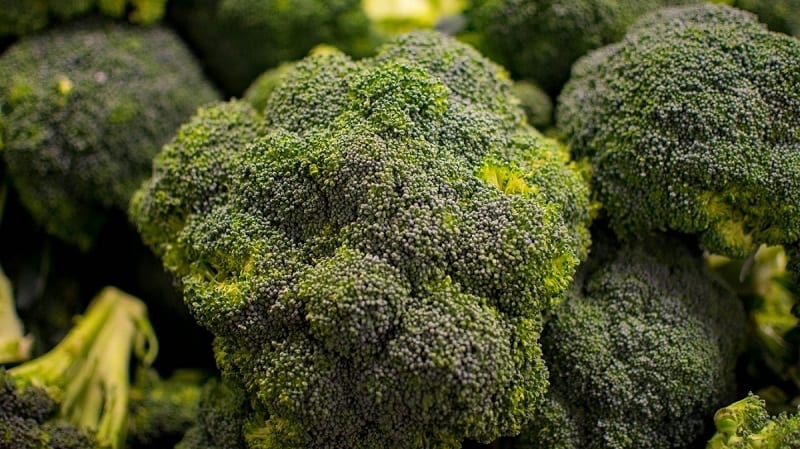
Growing Broccoli in a Container
Contents
Broccoli grows surprisingly well in containers. In fact, if you have poor quality soil, or a small garden, then growing broccoli in a pot is the way to go. In the US, you can start growing your own broccoli in late summer and in the fall.
Given the girth of broccoli plants, the size of the container will be an important consideration. You can grow one plant in a 5-gallon container. You can grow 2 to 3 plants in a 15-gallon container.
Here are a few more tips on growing broccoli in a container.
Starting Seeds Indoors
- Start germinating broccoli seeds indoors, 4 to 7 weeks before the last frost. You’ll be growing broccoli seedlings indoors only for a short period. You should be able to transplant to an outdoor container, 2 to 3 weeks before the average last frost.
- Fill the seedling cups with organic potting soil and a good amount of nutritious compost. Plant two broccoli seeds in each container at a depth of ¼ to 1/2 inch. Cover and water thoroughly. Place the cups in a warm area of your home. Remember to keep the soil moist but not drenched.
- The seeds should germinate within 5 to 10 days. Move your new seedlings to a well-lit area. If both seeds in a container sprout, thin out the smaller of the two.
- You’ll need to keep the soil evenly moist and provide plenty of light for the seedlings for about 3 to 4 weeks.
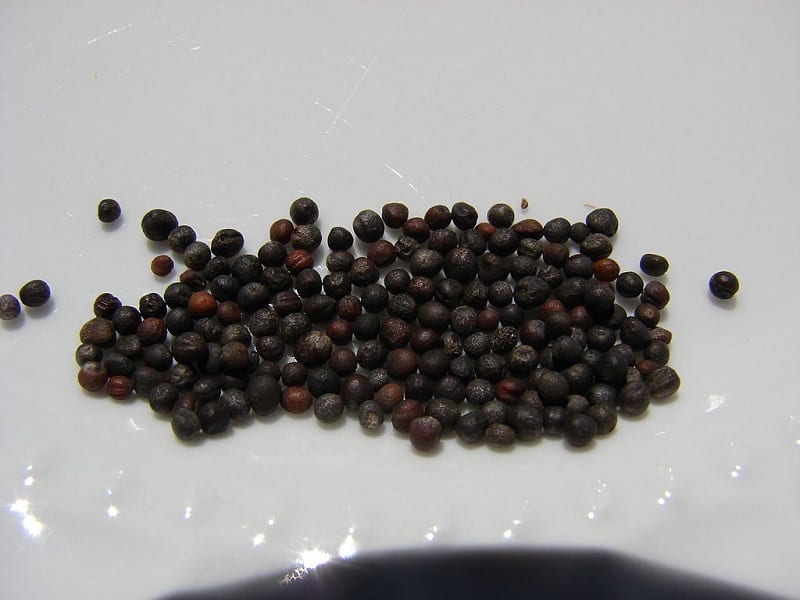
(Photo: Forest and Kim Star/Wikimedia Commons)
Transplanting Your Seedlings
After 3 or 4 weeks, you’ll again need to fill your 5 or 15-gallon containers with a mixture of organic potting soil and compost. You can then begin transplanting each broccoli seedling to its final container.
Once
that’s done, you’ll have to wait three weeks before the last frost before
hardening off the seedlings. Remember to keep the soil moist throughout this
period.
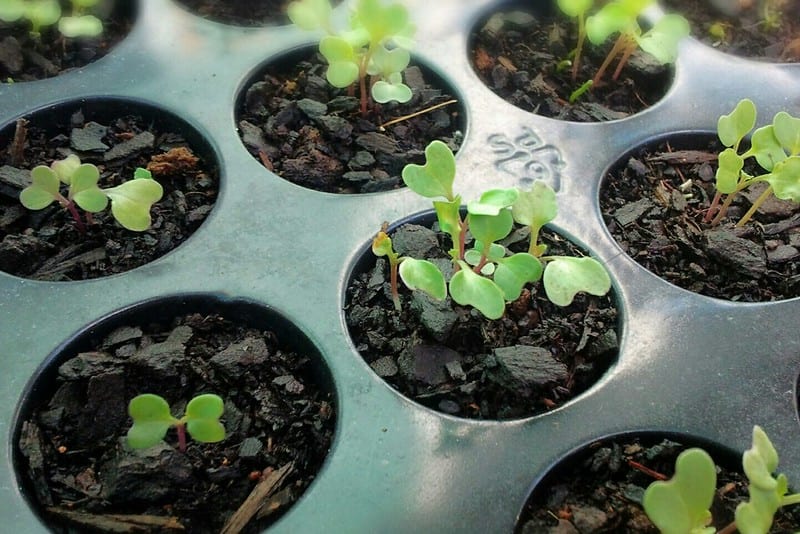
Hardening Off Seedlings
Hardening is a process that allows seedlings to acclimate to an outdoor environment. This involves setting your plants outside for an hour to start. You then steadily increase the amount of time they spend outdoors each day.
Your broccoli plants should be fully acclimated and spending their whole day outside within two weeks. From then on, you should only bring your plants indoors when the temperature drops to below freezing.
There’s
little you need to do except water your plants and wait once they’ve
acclimatized to the outside environment. Your broccoli will be ready for
harvest around 3 to 4 weeks after transplanting.
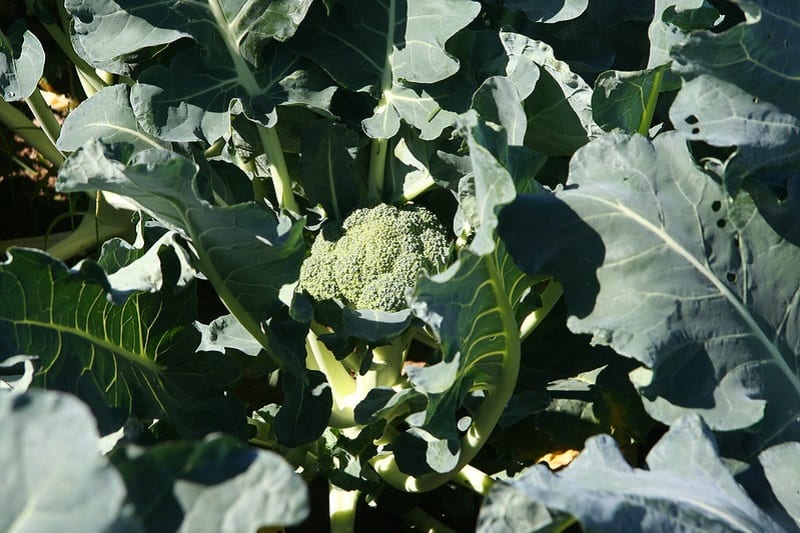
Harvesting Broccoli
Your main harvest will consist of the main heads of your broccoli crop. For container gown broccoli, the main head will be anywhere from 3 to 6 inches in diameter at the time of harvest.
To harvest, use a sharp knife to make a quick cut through the stem about 5 to 6 inches below the head.
The outer florets of the plants will have reached a size close to the thickness of a pencil by the time of your initial harvest.
These are smaller – or baby heads – of broccoli. If the heat of summer does not cause your plants to flower, you’ll be able to harvest these side heads a few weeks after the initial harvest.
You
should look for the same indications as to when to harvest, and then cut the
heads from the plants in the same manner.
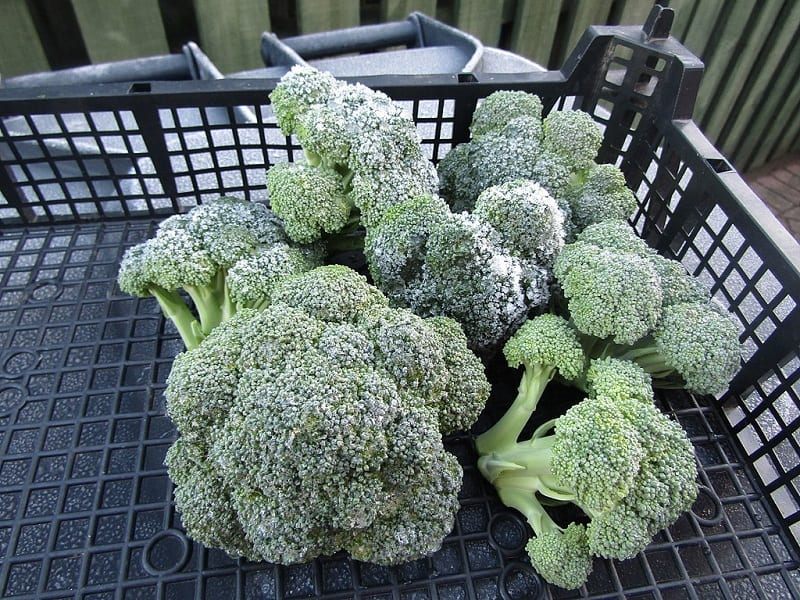
(Photo: Kolforn/Wikimedia Commons)
Here’s a quick video…
Broccoli Makes for Healthy Eating
With a powerhouse of nutrients supporting general health and wellness, broccoli makes especially good table fare. Rich in nutritional fibre, this vegetable keeps blood sugar low and helps digestion. Although vitamin K is vital for bone health and wound healing, vitamin C, plentiful in broccoli, is vital for the immune system.
Furthermore, good sources of iron, which is essential for metabolism and energy generation, include broccoli; potassium helps to preserve cardiovascular health. Particularly with higher protein than many other vegetables, broccoli is a great choice for plant-based diets.
There are several ways to enjoy this vegetable loaded in nutrients. Raw broccoli keeps its natural vitamins and enzymes, hence it is a great addition to salads or a crisp snack. If you would want cooked broccoli, steaming is the ideal way to maximise its health advantages though. To maximise vitamins and minerals from your dinner, steaming broccoli gently keeps its nutrients more effectively than boiling or fried.
Growing broccoli in your kitchen garden or even a container lets you have fresh, pesticide-free food right at your hand, so improving your diet with nutrient-dense greens whenever you choose. This adaptable veggie is great addition to a healthy eating plan whether you’re growing broccoli in a little pot or a big garden.
Pest Management in Container-Grown Broccoli
Managing pests in container-grown broccoli is crucial for ensuring a healthy and productive crop. Growing broccoli in containers can sometimes attract specific pests, but with the right strategies, you can prevent and control infestations effectively. Here’s a guide to keeping your container broccoli plants healthy and pest-free.
Identify Common Pests
The first step in effective pest management is identifying the pests that commonly target broccoli. Aphids, cabbage loopers, and flea beetles are among the most frequent culprits when growing broccoli. Monitoring your plants regularly helps catch these pests early, which is crucial for successful management.
Preventative Measures
Preventative strategies are key in maintaining pest-free broccoli plants. Growing broccoli in containers that are elevated can help deter some ground pests. Additionally, using clean, sterilized potting soil can prevent the introduction of soil-borne pests and diseases. Covering the broccoli containers with a fine mesh netting can also protect the plants from flying insects and reduce infestation risks.
Natural Remedies
For those growing broccoli who prefer not to use chemical pesticides, natural remedies can be effective. Neem oil is a versatile, organic option that controls many pests without harming the plant or beneficial insects. Introducing beneficial insects, such as ladybugs or lacewings, can naturally reduce the aphid population. These predators do not harm the broccoli plants and help maintain a balanced ecosystem in your container garden.
Regular Maintenance
Regular maintenance is crucial when growing broccoli in containers. Removing any weak or infested leaves promptly can prevent the spread of pests and diseases. Ensuring the broccoli plants have adequate space and air circulation can also reduce the likelihood of pest problems. Proper watering and fertilization will keep the plants healthy and more resistant to pests and diseases.
Chemical Control Options
If natural remedies and preventative measures are insufficient, you may consider chemical pesticides as a last resort. When growing broccoli, it’s essential to choose products that are safe for use on edible plants. Always follow the label instructions carefully to avoid damaging the plants or affecting the broccoli’s edibility.
By implementing these pest management strategies, you can enjoy growing healthy broccoli in your containers, free from damaging pests and full of nutritional benefits.
Optimal Soil Mixtures for Broccoli Containers
Ensuring strong development and a good yield from container-grown broccoli depends on the ideal soil mix. Given that broccoli is a nutrient-hungry plant, the success of your crop will much depend on the correct soil mix. Here’s how to make the perfect soil for containers holding broccoli.
Base Soil Composition
A suitable soil mix for producing broccoli should have loam and sandy soil in balance to provide optimum aeration and drainage. In thick, clay-heavy soils, broccoli suffers since insufficient drainage causes root illnesses. Two parts garden soil, one part sand, and one part organic compost makes a rich, well-draining basis that promotes the growth of broccoli by means of appropriate root development and moisture retention.
Organic Matter Enhancement
Broccoli grows best in nutrient-dense soil, hence it is imperative to include lots of organic matter into your soil mix. When growing broccoli in containers, well-rotted manure or compost is especially crucial since nutrients can deplete more quickly than in the ground and helps restore vital nutrients back into the soil. To keep fertility all through the growing season, about thirty percent of your soil mix should be made from organic materials.
pH Adjustment
Growing broccoli calls for soil that is Ideally with a pH between 6.0 and 7.0. Broccoli is somewhat acidic to neutral soil. Maximum nutrient absorption depends on testing the pH of your soil and modifying it. Add garden sulfur to lower a too-high pH. add lime to raise the pH. One proactive measure that will improve the growth and yield of your broccoli is making sure the pH is right before you plant.
When mixing your soil, concentrate on these important elements to provide the best conditions for growing broccoli in containers. This method maximizes the nutritional value of the broccoli you cultivate as well as encourages good development of the plants.
Conclusion
Growing broccoli in pots allows gardeners with limited space to enjoy fresh, homegrown produce. Proper container size, soil mixture, and pest management are crucial for healthy plants and bountiful harvests. With attentive care, container-grown broccoli can thrive, providing nutritious greens right from your balcony or patio.


